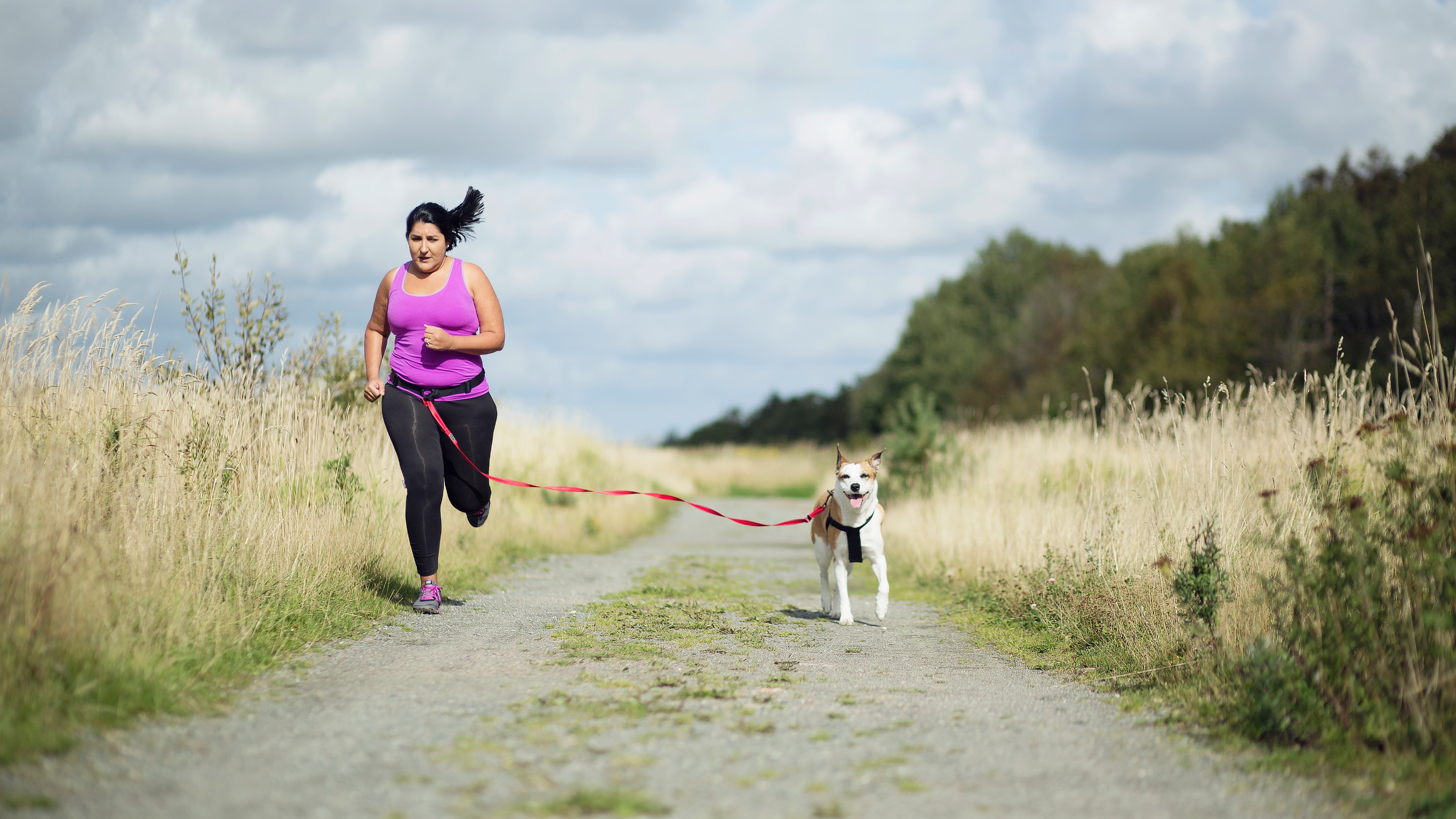
Loose-leash walking gives your dog a little more freedom to explore when you’re on a walk, and it’s a great way to let your dog sniff and inspect to their heart’s content without slowing you down too much.
But, at the same time, it can be frustrating for you if your dog likes to pull ahead and try to run off, making it feel as though you’re about to fall over, your arm’s going to leave the socket, or you’ll drop some of the best dog treats on the ground by accident. So, what can you do to become a pro at loose-leash walking, and make your pup one, too?
Award-winning trainer Lisa Burton of Listen Dog Training has some of the answers in a new Instagram post. It certainly gave us some food for thought!
When making the most common loose-leash walking mistakes, something we don’t often consider is that walking isn’t actually a natural form of movement for a dog. A dog trots, rather than walks, so when you’re walking your dog it’s only natural for them to want to move faster than you.
“First, cut him some slack for putting up with you,” says Burton, before encouraging us to address the potential issues. It might be that there’s something in front of your dog that they see as being more valuable than waiting for you, or that there’s just no value in waiting for you, regardless of whether or not there’s anything interesting in their environment.
Burton continues, “You need to teach your dog that you are the best/most interesting/most rewarding thing in their world,” and adds, “You needn’t reserve this teaching just for the moments you’re both attached to each other via a lead.”
During your walk, you might decide to bring some high-value treats with you, as well as your pup’s favorite toy, randomly change direction for some quick chase games, or simply reward spontaneous check-ins with your pup.
And at home, between walks, you can play proximity games where it’s in your pup’s best interests to be close to you, and teach things like hand touch cues, eye-contact cues, the ‘middle’ position, and leg weaves (one of the 32 quick and easy tricks to teach your dog that we love!).
Something else Burton recommends is playing the magic hand game with your dog, in which you teach your dog to catch treats in their mouth as you release them one at a time from your hand. You can play it on the walk itself, or simply use it for practice at home.
Why not give it a try, and see if it improves your pup's loose-leash walking skills?







